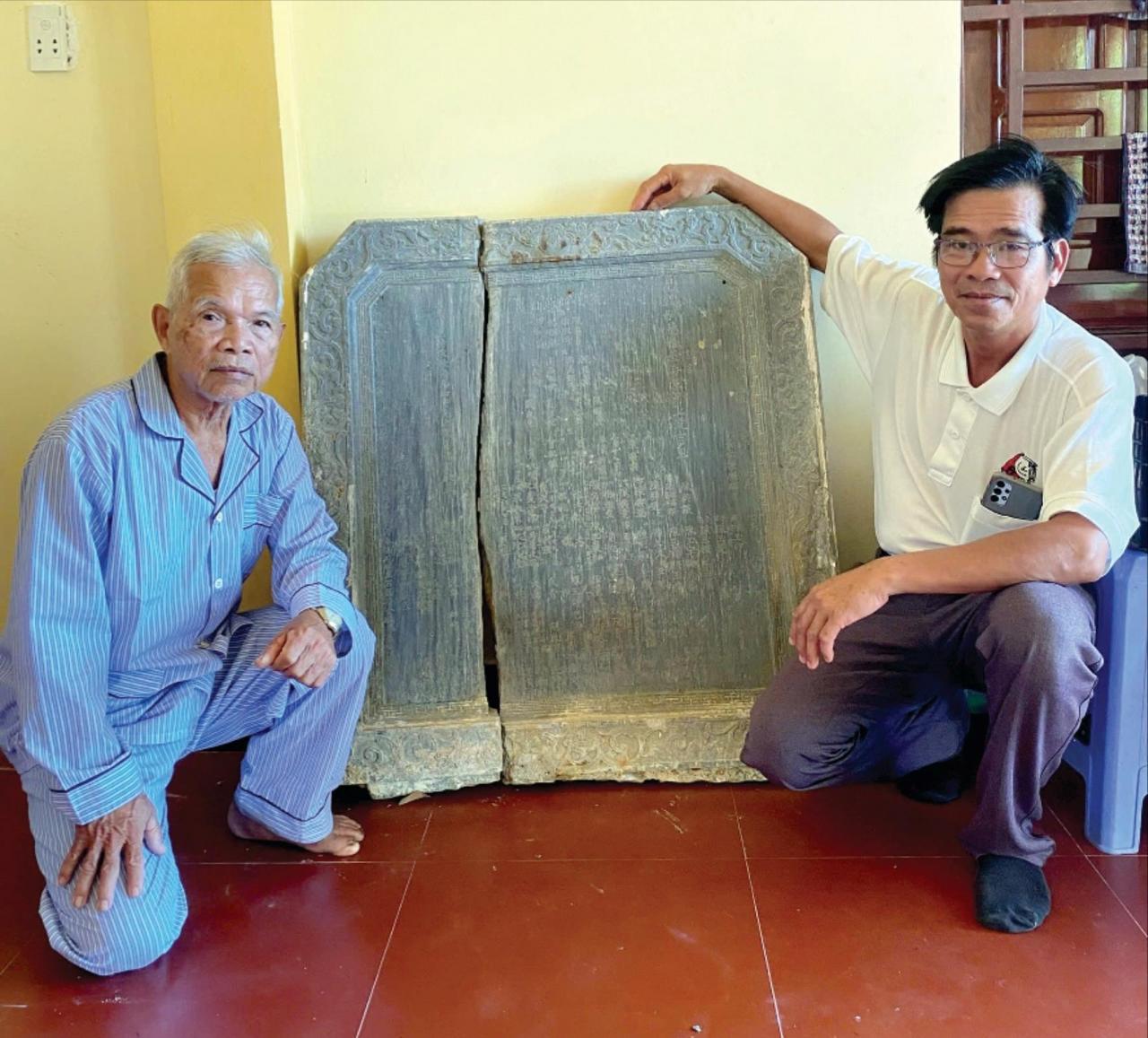
Genealogy on cloth
The Dinh clan temple in Hoa Ha village, Tam Thanh commune, Tam Ky city still preserves a genealogy written on a hand-woven white cloth, which the clan calls "eight-sided cloth".
On this piece of cloth, about 1.2 meters wide and 3.6 meters long, are written details about the generations. Next to it, the names of the Dinh clan members and their spouses, the descendants born, the place of residence of each member through each generation, the burial place and the death anniversary are also clearly recorded.
All the above details are arranged in a vertical diagram - exactly like the style of writing on a long book of ancient Confucianism. The person who presented the genealogy followed the rule of "sinh chu - tu mac" (living people are written in red ink, deceased people are written in black ink) when writing the last part about relatives who lived at the same time as him.
The beautiful Chinese calligraphy on the above fabric genealogy belongs to Mr. Dinh Van Thong - the 13th generation of the Dinh clan in Hoa Thanh village, Phu Quy commune, Ha Dong district, Tam Ky prefecture.
Mr. Thong was born in 1871, passed the Confucian bachelor's degree around the beginning of the 20th century and was a famous teacher in the coastal area of southern Tam Ky. When the Confucian examination was abolished, the government at that time invited him to teach Chinese at the French-Vietnamese primary school of Tam Ky. Since then, many parents affectionately called him "Teacher Tu Dinh".
Through this special genealogy written on cloth, we know that the ancestor of the Dinh clan in Hoa Thanh village, now Tam Thanh commune, was originally from Ninh Binh, and moved to the South to settle in the coastal area of Dien Ban district. Later, his descendants moved to the coastal area of Thang Binh before the 12th generation descendants settled in Hoa Thanh commune, coastal area of Ha Dong district - Tam Ky.
Genealogy carved in stone
The Tran clan temple, Bich An village, Tam Xuan 1 commune, Nui Thanh district currently preserves a stone stele 1.2 meters high and 1 meter wide.
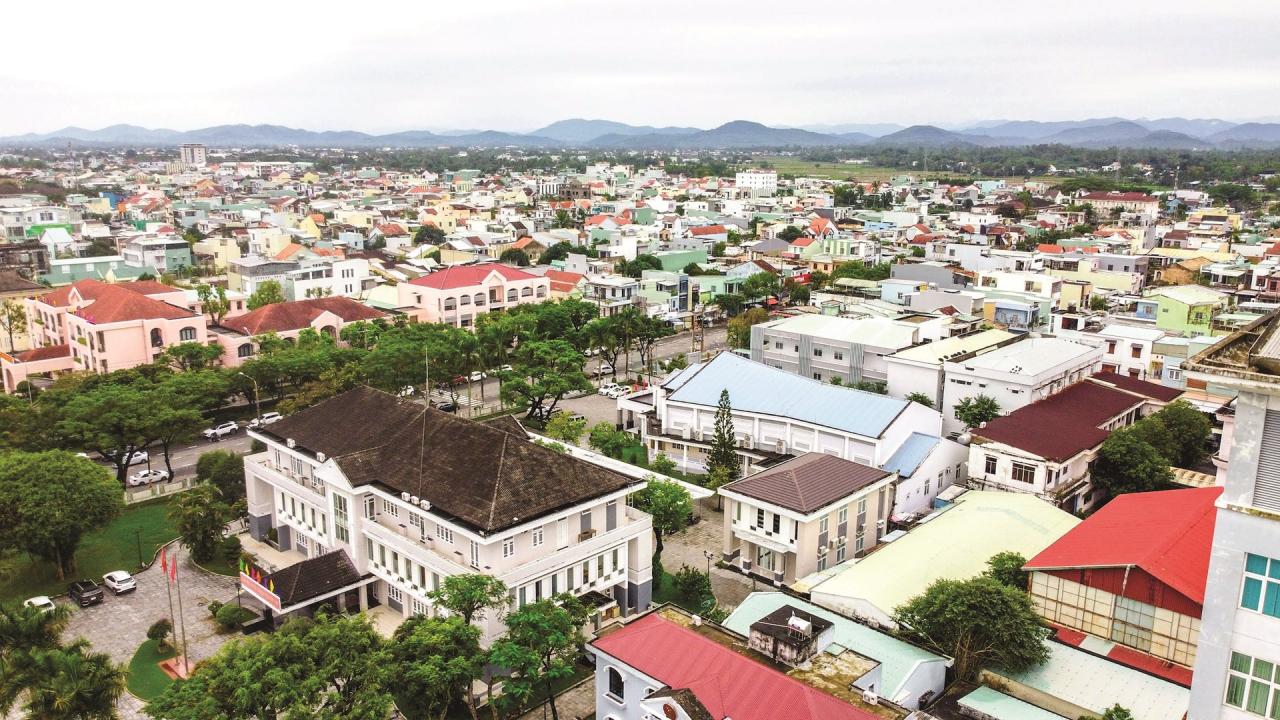
The front of this stele is engraved with 24 vertical lines consisting of about 600 Chinese characters of different sizes. On the forehead of the stele is engraved a large horizontal line with the words "Tran Dai Lang Tu So Xuat" (roughly translated: from the Tran family down).
The largest font size is shown on the line about the time of the stele erection: "Hoang trieu Tu Duc thap nhat nien, that nguyet, thuong hoan, cat nhat" (This stele was erected on a good day, from the first to the tenth day of the lunar calendar, the seventh month, 1858, the 11th year of Tu Duc's reign).
The medium font size records 8 generations of descendants from Mr. Tran Dai Lang to Mr. Tran Ngoc Suy (the person whose name was on the stele).
Along with the main contents of names and generations are small footnotes about burial places, death anniversaries and some other details about important members of the family. Among these, there is Mr. Tran Hung Nhuong (sixth generation) who was the teacher of Prince Hong Nham (later King Tu Duc).
In particular, next to the lines presenting the family tree, there is a line near the end that reads "Ha Dong district's Deputy Bang Thang Thu Hai Duong Tri Phu Sung Noi Cuong Tru Tac Lang Nguyen Duc Phong Duyệt" (translation: The content of this stele was drafted and reviewed by Deputy Bang Nguyen Duc - currently holding the position of Tri Phu in Hai Duong province, with the title of Tru Tac in the royal court's Cabinet).
It is known that according to ancient custom, important folk documents - especially inscriptions - if approved by a scholar of the same period, it was an honor for the family.
Two genealogies written in many languages
The tomb of the Le clan's ancestor Le Tay Tru - a former ancestor of Phu Hung village, Phu Quy commune, Ha Dong district (now in Phu Binh village, Tam Xuan 1 commune, Nui Thanh district) has an inscription telling about the ancestors of the Le clan from the north coming to the land south of the Tam Ky river junction to establish a career.
The special thing is that this inscription is written in three languages: Chinese, French and Latin on the vertical surfaces of a three-story tower: Chinese characters on top, French characters below and Quoc Ngu characters at the bottom.
Through the inscription, we know that the ancestors of the Le clan in Phu Hung village were originally from the coastal area of Than Phu, Nghe An. The Chinese version recorded that migration as "During the Hong Duc period, following the orders of the Champa colonists, the Co To and Nhat The To people stayed on the expedition, joined with the Nguyen, Tran, and Do clans to reclaim public and private lands, successfully established the territory, and established the commune name Tan Khuong. During the Chinh Hoa period, it was changed to Phu Khuong, and later changed to Phu Hung".
That genealogy passage was translated in the National Language version as: “During the Hong Duc period, following the court's order to take over the land of Champa, our ancestors and the first ancestor of our clan joined the battle and stayed, together with the Nguyen, Tran, and Do clans to reclaim public and private land. After determining the village boundaries, they requested to establish a commune name.”
On the tombstone of the Nguyen ancestors of Bich Ngo village, Duc Hoa commune, Tam Ky district (now in Go Trau cemetery, Tam Xuan 1 commune, Nui Thanh) there is also a genealogy engraved in three languages: Chinese, Nom and Latin.
The genealogy recounts how the ancestors of the clan moved south of the Tam Ky River to establish two villages, Cay Vong and Cay Bong. Later, Cay Vong changed its Chinese name to Bich Ngo and Cay Bong village separated into its own place name, Bong Mieu.
At the end of this three-letter genealogy is engraved an eight-line, seven-word poem whose first four lines are as follows: "Since I moved to Quang Nam dinh/ I was born and came to live here today/ I planned to cultivate the fields for my children/ I respected the gods and built a communal house...".
Source: https://baoquangnam.vn/nhung-ban-pha-ky-dac-biet-o-tam-ky-xua-3146921.html



![[Photo] April Festival in Can Tho City](https://vstatic.vietnam.vn/vietnam/resource/IMAGE/2025/4/10/bf5ae82870e648fabfbcc93a25b481ea)
![[Photo] Opening of the 11th Conference of the 13th Party Central Committee](https://vstatic.vietnam.vn/vietnam/resource/IMAGE/2025/4/10/f9e717b67de343d7b687cb419c0829a2)


![[Photo] Unique folk games at Chuong Village Festival](https://vstatic.vietnam.vn/vietnam/resource/IMAGE/2025/4/10/cff805a06fdd443b9474c017f98075a4)
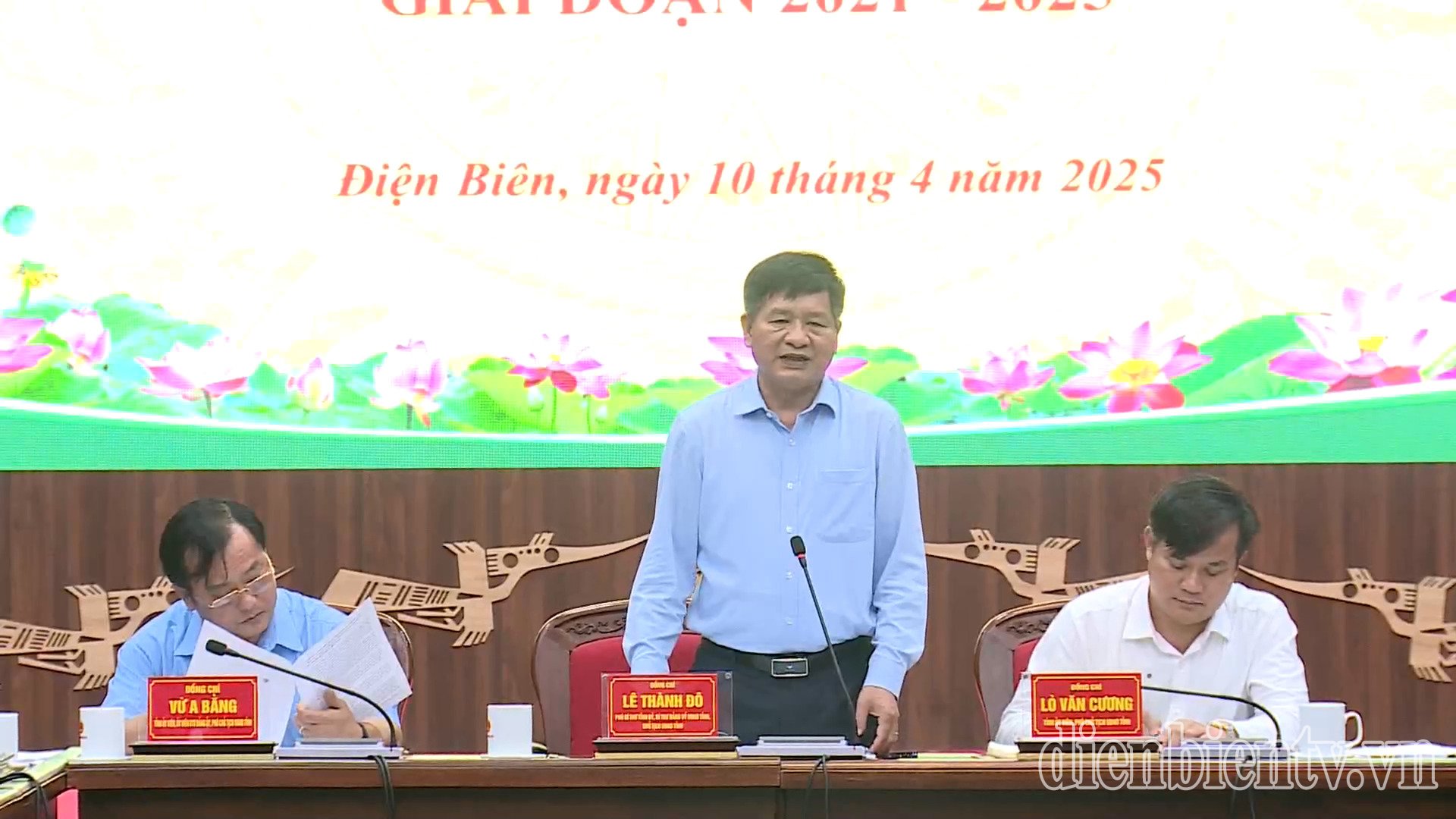



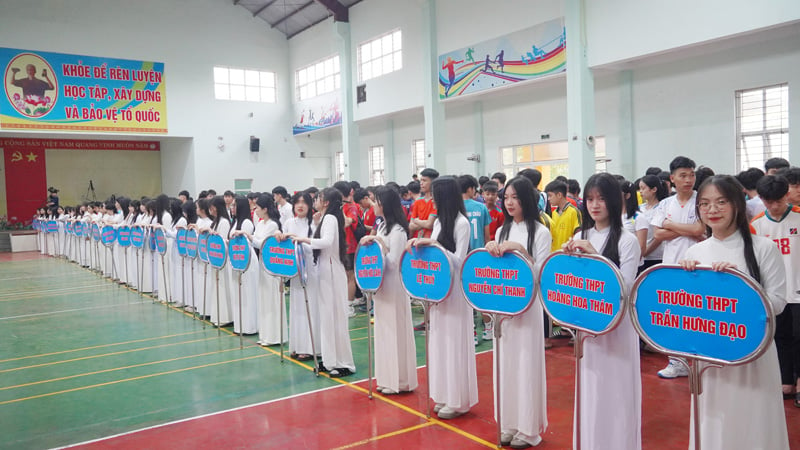


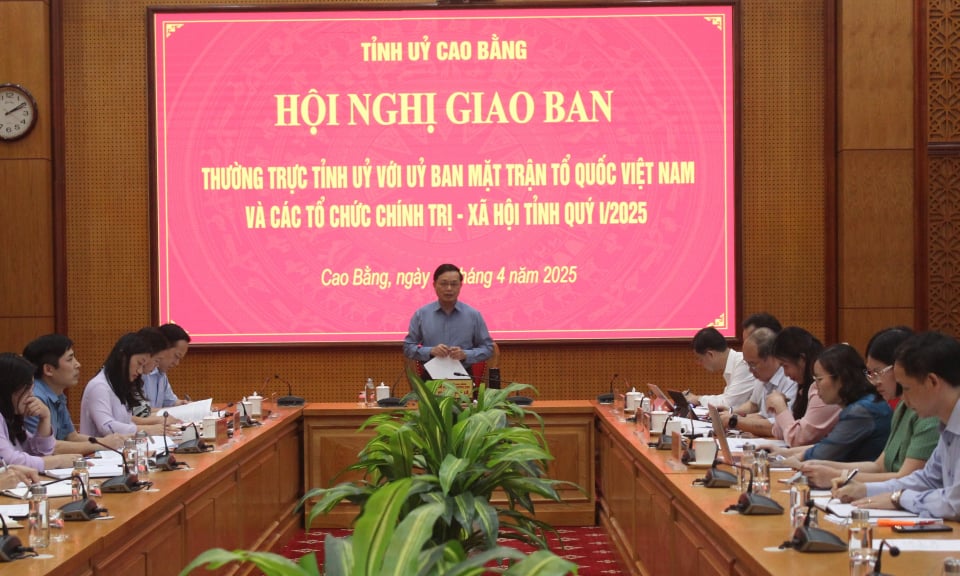

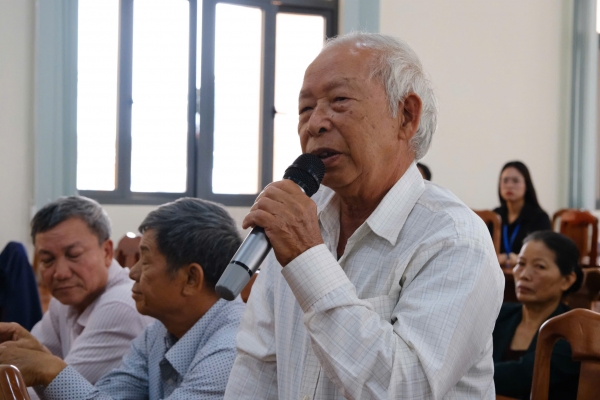

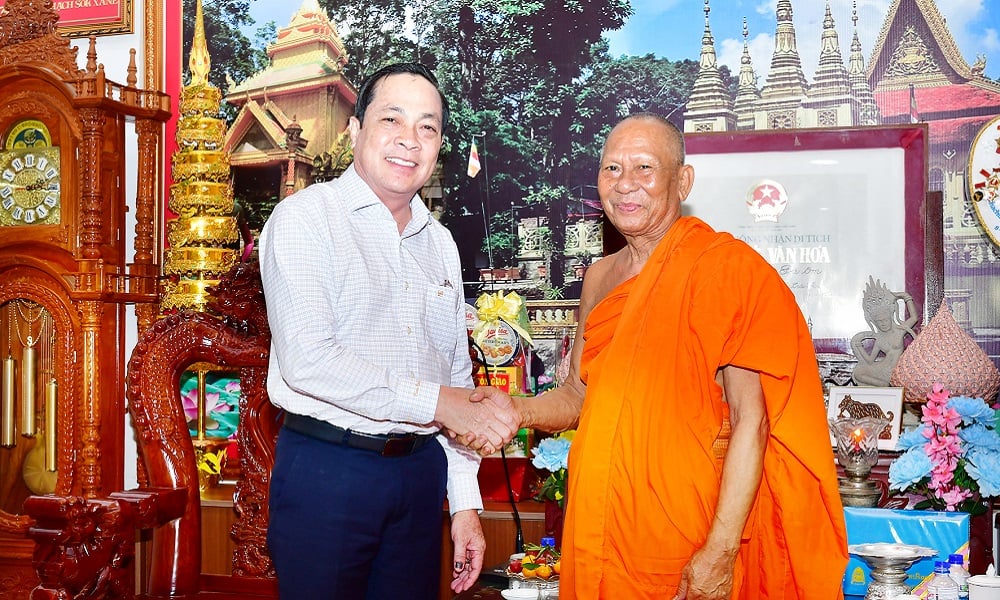




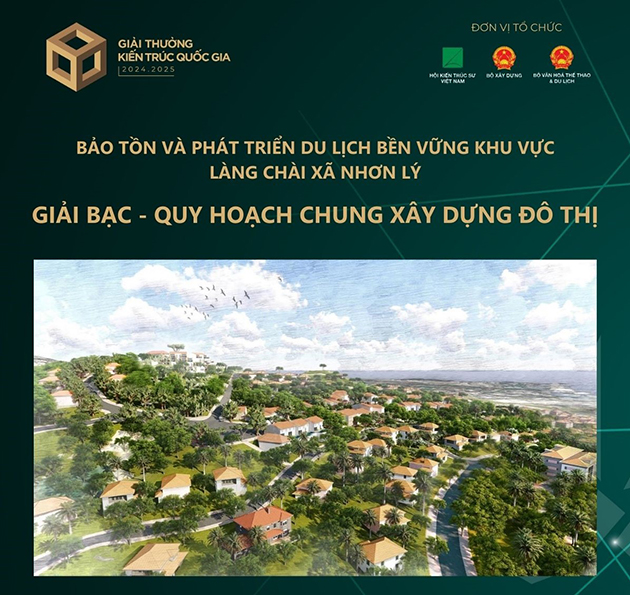
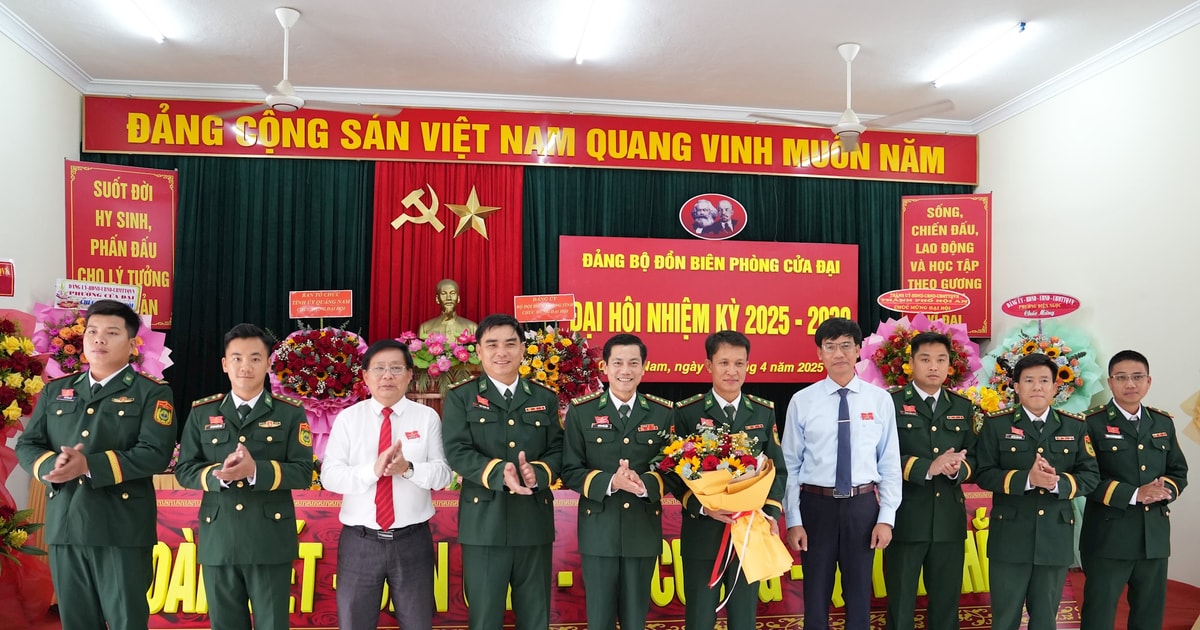
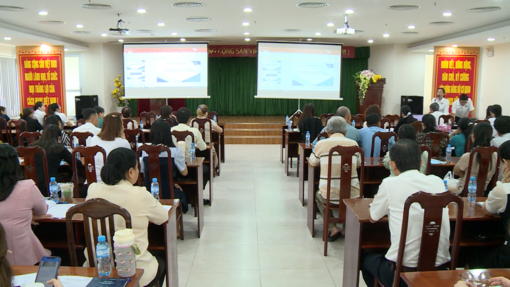


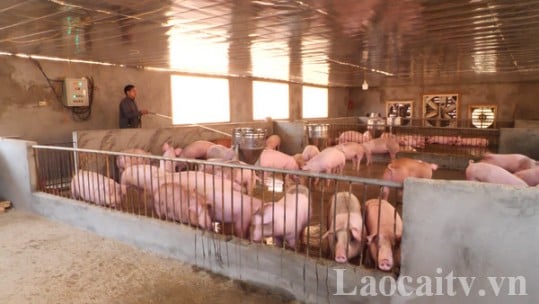
















































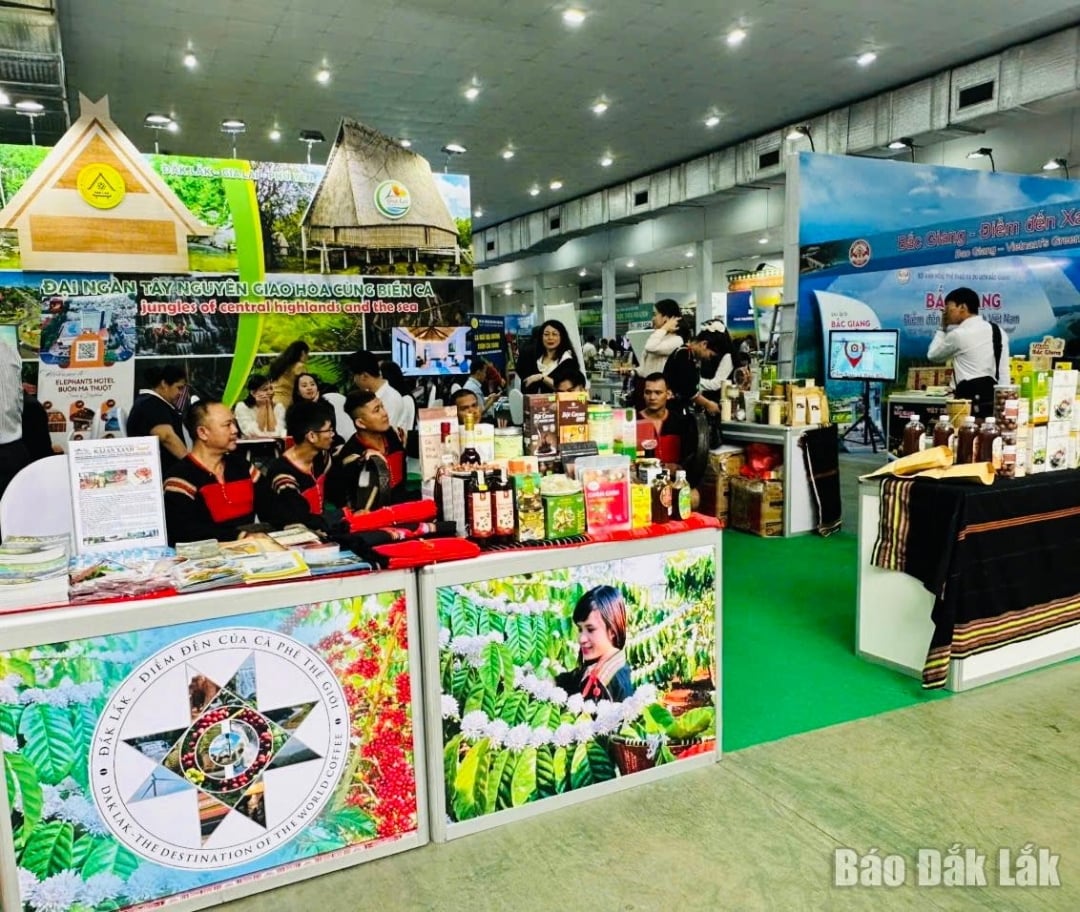

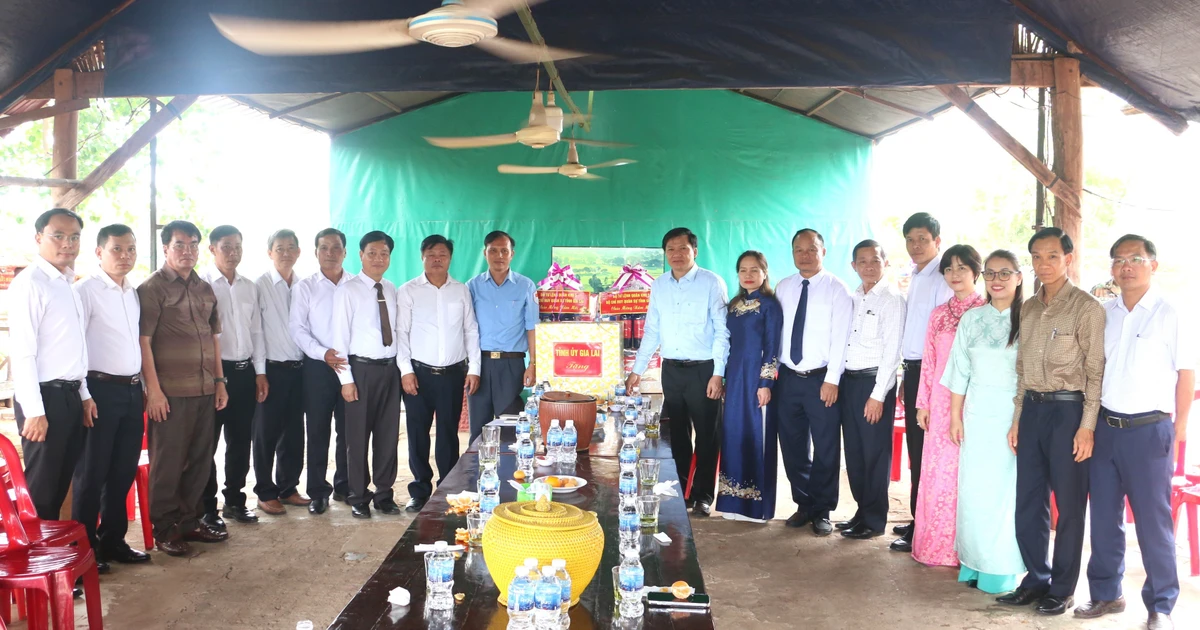









Comment (0)